Navigating the world of data management is an exhilarating journey, especially at a time when blockchain technology is challenging the established norms set by traditional databases. While the latter have served as stalwarts in centralized data storage, offering features like ACID properties and table-based structures, the advent of blockchain ushers in an era of decentralized data systems that promise unprecedented levels of security, transparency, and integrity.
The Genesis of Traditional Databases: A Brief History
The inception of traditional databases can be traced back to the 1960s, a period that saw the birth of the first Database Management Systems (DBMS). The initial drive to create these systems was fueled by the needs of businesses, research institutions, and governmental organizations to handle an ever-growing volume of data. Early databases were often hierarchical and designed for very specific tasks, like inventory management or scientific research. These databases were revolutionary in their time, offering a structured method of storing, retrieving, and manipulating data, thereby transforming the way organizations operated.
The 1970s and 1980s were a golden era for the evolution of traditional databases, characterized by the development of the Relational Database Management Systems (RDBMS). Innovators like Edgar F. Codd made groundbreaking contributions, including the conceptual framework for the relational model, which was more versatile and efficient than its hierarchical and network-based predecessors. SQL (Structured Query Language) also made its debut, providing a standardized method for database queries. This period solidified the relational database as the go-to choice for enterprises, effectively democratizing data management and making it accessible and efficient.
Fast forward to the 21st century, and traditional databases have incorporated a slew of advancements, from cloud-based storage solutions to integration with machine learning algorithms. Yet, the core principles remain anchored in the foundations laid down decades ago. While the landscape of data management is undeniably shifting, particularly with the rise of blockchain and other disruptive technologies, traditional database models continue to serve as the bedrock for a multitude of applications across industries. Their proven reliability and robustness make them indispensable, even as we explore and adopt new paradigms in the ever-evolving world of data.
Core Components of Traditional Databases: Tables, Rows, and ACID Properties
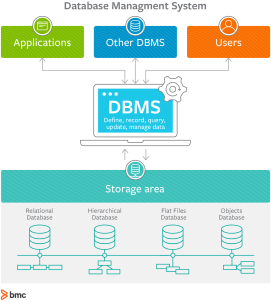
The architecture of traditional databases, especially those founded on the Relational Database Management System (RDBMS), is anchored in several core components, the most elementary of which are tables. Tables act as the primary vessels for data storage, carefully segmented into rows and columns. Every row in a table is essentially a unique record, composed of specific attributes that are housed in individual columns. This tabular organization serves as the cornerstone of data management in traditional databases, offering an environment where data can not only be stored efficiently but also queried with speed and precision. Developers and data analysts often find this structured approach indispensable for managing a broad spectrum of data types and complexities.
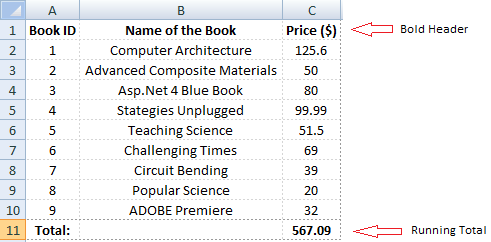
A second essential feature of traditional databases is the concept of ACID properties—Atomicity, Consistency, Isolation, and Durability—that define the protocols for transaction management. Atomicity ensures that each transaction is indivisible, thereby guaranteeing that either all its operations are carried out or none at all. This feature is instrumental in safeguarding the database against incomplete transactions which could compromise data integrity. Consistency, the next ACID property, goes hand in hand with Atomicity, offering assurances that the database maintains a stable state throughout the transaction lifecycle, from initiation to completion.
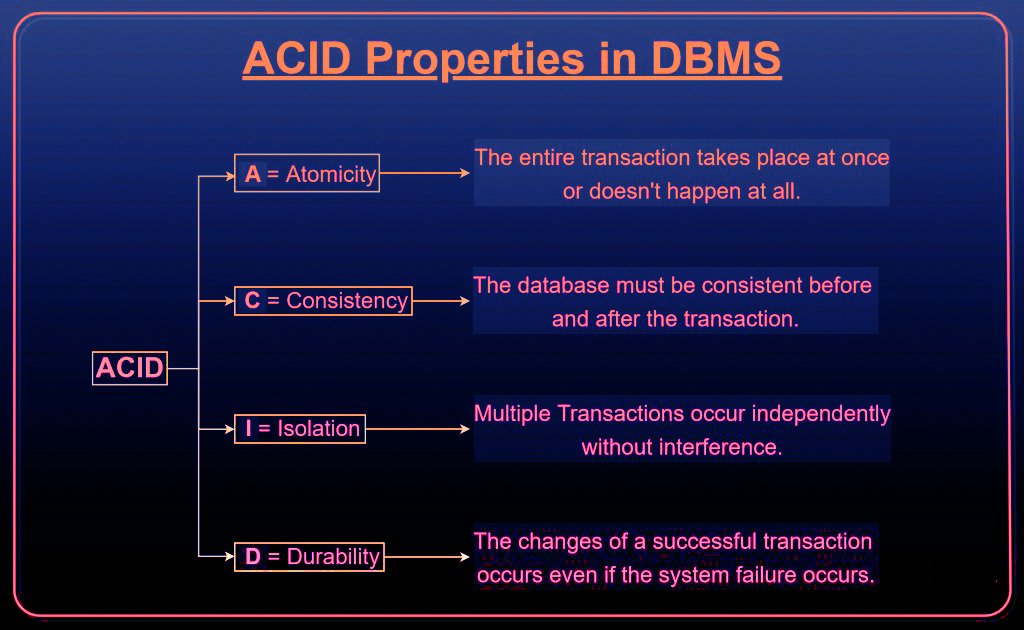
The remaining two ACID properties are Isolation and Durability. Isolation addresses the challenges associated with concurrent transactions. It ensures that multiple transactions can occur simultaneously without interfering with each other, thereby allowing for the efficient utilization of database resources. Durability, on the other hand, gives the assurance that once a transaction has been executed, it’s permanently committed to the database. This commitment is steadfast, robust enough to withstand system failures, and ensures that data remains intact in such adversarial conditions.
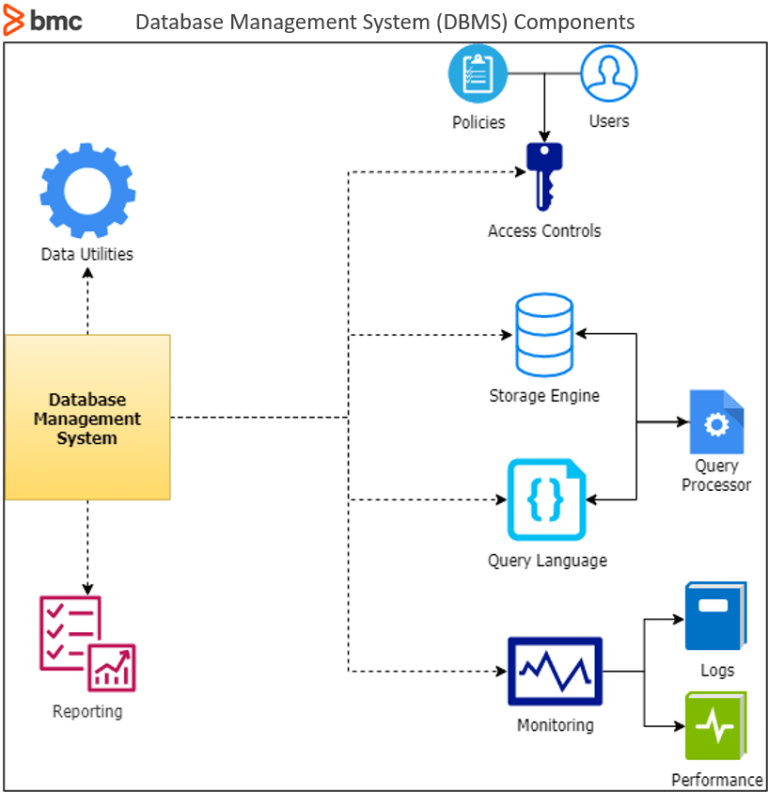
Blockchain Unveiled: More Than Just Bitcoin
Blockchain technology, often initially associated with cryptocurrencies like Bitcoin, has evolved into a versatile tool with applications far beyond the realm of finance. While Bitcoin introduced the world to the idea of decentralized digital currency, the underlying blockchain infrastructure offers an immutable, transparent, and distributed ledger system. This technology is not confined to the tracking of digital assets; it extends into realms like supply chain management, healthcare, real estate, and even digital identity verification. Blockchain’s ability to provide a secure and transparent means of recording transactions makes it a revolutionary tool in these sectors, offering both efficiency and a high degree of trust.
The magic of blockchain lies in its architecture. Unlike traditional databases that store data in a centralized location, a blockchain disperses its data across multiple nodes, each verifying the accuracy and integrity of the information. This decentralized approach minimizes the risk of data tampering and ensures that no single entity has complete control over the entire database. The encryption techniques and consensus algorithms used in blockchain further add layers of security and reliability, making the technology highly resistant to fraud or malicious attacks. These architectural nuances are what make blockchain a game-changer in various industries, offering solutions to issues like data security, transaction speed, and transparency.
Fundamental Building Blocks of Blockchain: Nodes, Blocks, and Consensus Algorithms
- Nodes: Nodes are individual computing devices that participate in the blockchain network. Each node maintains its own copy of the blockchain and is responsible for validating and propagating transactions across the network.
- Blocks: Blocks are the containers that store sets of transactions and other information. They are arranged in a sequential chain, linked by cryptographic hashes, ensuring an irreversible, tamper-proof record of transactions.
- Consensus Algorithms: Consensus algorithms are the protocols that consider the contributions of multiple participants to reach an agreement within the blockchain network. These rules determine how transactions are approved and added to a block. Examples include Proof of Work (PoW) and Proof of Stake (PoS).
Data Integrity: Cryptographic Hashes and Immutable Ledgers
Data integrity is a cornerstone feature of blockchain technology, and it is primarily achieved through the use of cryptographic hashes and immutable ledgers. A cryptographic hash is a mathematical function that transforms any form of data into a fixed-size string of characters, which acts like a digital fingerprint for that data. This ensures that any slight change in the data will result in a dramatically different hash, making it extremely difficult for malicious actors to alter transaction information without detection. Once a block of transactions is verified and added to the blockchain, its hash is generated and included in the header of the next block, creating a chain of blocks that are securely linked. This makes the blockchain resistant to tampering, thereby preserving data integrity.
The immutable ledger is another essential feature that augments data integrity in blockchain systems. In traditional databases, entries can be altered or deleted by those who have the necessary permissions, which could lead to fraudulent activities or errors. However, in blockchain, once a block has been added to the chain and verified by the network’s nodes through consensus algorithms, it becomes an immutable part of the ledger. This means that no single entity can unilaterally modify or delete previous entries. The collective validation mechanism ensures that every entry is permanent and transparent to all participants in the network, thereby significantly enhancing the level of trust and security in data transactions.
Centralization vs Decentralization: Who Holds the Power?
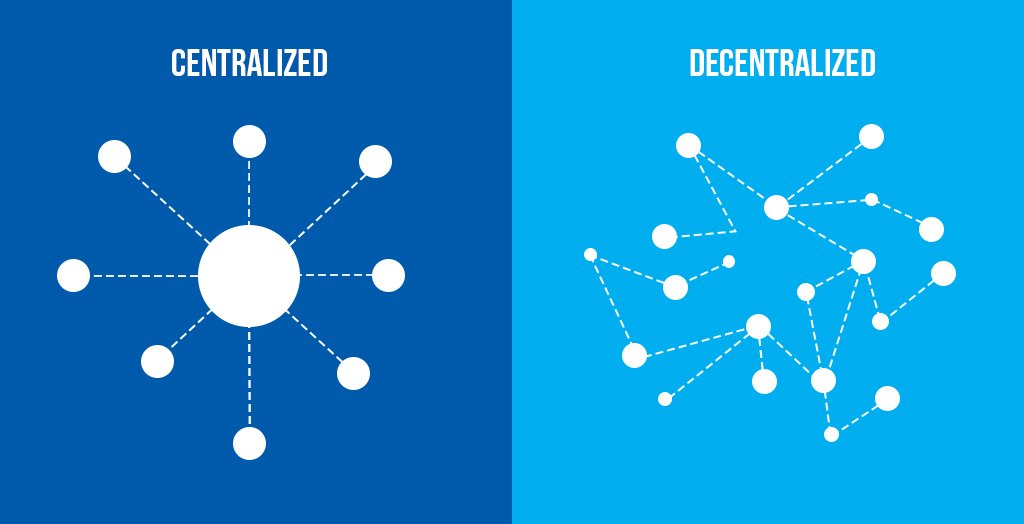
The question of centralization versus decentralization isn’t just a technological dilemma; it’s also a matter of philosophy and governance. Centralized systems have been the cornerstone of organizational structures, from corporations to governments, for years. They offer efficiencies, clear lines of authority, and a simplified point of control. This can be advantageous in scenarios that require quick decision-making and unified direction. It’s no surprise that traditional databases and many institutional setups operate on a centralized model, providing a framework that has proven to be effective, stable, and relatively easier to secure against a wide range of threats.
However, the tide seems to be turning with the rise of blockchain technology, which champions the ethos of decentralization. In a decentralized setup, no single entity has absolute control over the entire network. This provides an unparalleled level of transparency and inclusivity, distributing power among all participants. The appeal of a decentralized system lies in its resilience against systemic failures and fraudulent activities. It enables individual autonomy and reduces the risk of a single point of failure, making it incredibly robust against a range of security threats. This democratization of control could very well be a paradigm shift, affecting everything from how we manage data to how we govern societies.
Accessibility and Control: Permissions in Traditional Databases vs Public and Private Blockchains
In the realm of data management and transactional systems, the concept of accessibility and control—often encapsulated by permissions—is a critical aspect that distinguishes traditional databases from blockchain technologies. In a conventional database system, permissions are usually centralized. This means there’s an administrative authority, perhaps an IT department in a corporation, that manages who can see or edit particular pieces of data. The level of access can be finely tuned, providing a hierarchical structure of control. This centralized model has its merits, especially in organizational settings where different roles require varied levels of data access. It’s a model built on efficiency and direct oversight but bears the risk associated with single points of failure or compromise.
Now, let’s pivot to blockchain, which has a different philosophy altogether. Blockchains come in two primary types: public and private. Public blockchains are open to everyone; anyone can join the network, validate transactions, or create new blocks. Think of it as a democratic free-for-all that grants broad accessibility. Private blockchains, however, are more like gated communities. Access is by invitation only, and permissions are controlled by a select group. In this sense, private blockchains offer a hybrid between the blockchain ethos of decentralization and the practical need for some level of centralized control.
So here’s where the nuance comes in: both traditional databases and blockchains aim to manage permissions but do so in ways that reflect their underlying philosophies. Traditional databases tend to concentrate power, providing efficiency but also creating vulnerabilities. Public blockchains disperse power among participants, thereby increasing resilience and transparency but potentially sacrificing some level of efficiency. Private blockchains offer a middle ground, capturing elements of both centralized control and decentralized transparency. Depending on the specific needs of a project or organization—whether it values strict oversight or broad, democratic participation—these systems offer different strengths and weaknesses in how they manage accessibility and control.
Scalability Showdown: Throughput and Latency Compared
Scalability is often the elephant in the room when discussing the viability of both traditional databases and blockchain technologies for enterprise applications. The two paradigms face different challenges and offer different advantages when it comes to throughput and latency, key metrics that measure scalability. Traditional databases are built to handle high throughput and low latency, often using techniques like sharding or indexing to distribute data and speed up query responses. Generally speaking, they are optimized for performance, capable of handling millions of transactions per second (TPS) under ideal conditions. This robust performance makes traditional databases a go-to for industries where speed and capacity are of the essence.
Contrast this with blockchain technologies. Public blockchains, for example, are notoriously slower in terms of throughput. Take Bitcoin; it’s designed to handle a modest seven transactions per second. Even Ethereum, lauded for its smart contract capabilities, can only process around 30 transactions per second in its original setup. Why? Because decentralization comes at the cost of speed. Every transaction must be verified by multiple nodes, a process that can be time-consuming but adds an extra layer of security and transparency. However, new consensus algorithms and Layer 2 solutions are emerging to tackle these limitations, aiming to make blockchain more scalable without sacrificing its core advantages.
Security Measures: How Both Systems Protect Data?
When it comes to protecting valuable data, both traditional databases and blockchain technologies have developed robust security measures, albeit with different approaches and priorities. In a traditional database, security is often centralized and relies heavily on layers of protection around the database. This might include firewalls, encryption, and rigorous access controls, all maintained by a dedicated IT team. These security measures aim to create a fortress around the data, preventing unauthorized access from both within and outside the organization. While effective, this ‘castle and moat’ strategy isn’t without its weaknesses; if a hacker or malicious insider gains access, they could potentially compromise a large amount of data, given the centralized nature of these systems.
Blockchains, on the other hand, employ decentralized security mechanisms that are integral to the technology itself. Every transaction is encrypted and must be verified by multiple nodes in the network, creating a transparent yet secure ledger that is extremely difficult to tamper with. This decentralized approach dispenses with the need for a centralized authority or single point of failure, making blockchain exceptionally resilient to various types of cyber-attacks. The cryptographic algorithms used in blockchains, like SHA-256 in the case of Bitcoin, offer a strong security base that makes altering past transactions computationally impractical. Furthermore, the public nature of many blockchains allows for unprecedented transparency, enabling real-time auditability.
Transparency and Trust: Smart Contracts and Public Ledgers
In the digital world, where data exchanges occur every millisecond, the notions of transparency and trust have never been more critical. Traditional databases and blockchain technologies offer distinct ways to facilitate these key attributes. In traditional databases, the trust is often established through third-party intermediaries, like banks or government bodies, that verify transactions and maintain records. While this system has served us well for decades, it also opens the door to potential corruption, errors, and inefficiencies. Transparency in such systems is often limited to the parties that have the proper clearance to view or edit the data, which restricts broader auditability.
Blockchain, however, flips the script on these traditional mechanisms. Its foundational technology includes a public ledger that is visible to anyone who wants to see it, thereby offering a level of transparency that’s unprecedented in the history of data management. Adding to this, the concept of smart contracts enables trust to be codified and automated. In a blockchain network like Ethereum, these self-executing contracts run when predetermined conditions are met, without the need for an intermediary. This not only speeds up processes but also removes the chance of manipulation, creating an environment of trust that’s built into the technology itself.
Cost Implications: Operational Expenses and Infrastructure Needs
The topic of cost is often front and center when enterprises or organizations are considering whether to implement traditional databases or explore blockchain technologies. Traditional databases, such as SQL or NoSQL variants, have a well-understood cost structure. You’re looking at licensing fees if you’re using a proprietary system, hardware costs, and also operational expenses like electricity and maintenance. These databases usually need a dedicated team of database administrators to maintain their performance, security, and integrity. While these costs are straightforward to calculate and budget for, they can add up significantly over time, especially for larger organizations with more complex needs.
On the flip side, blockchain technologies introduce a different set of costs. If you’re dealing with a public blockchain like Bitcoin or Ethereum, then the primary cost comes in the form of transaction fees, also known as “gas fees” in Ethereum. These fees are essential for incentivizing the decentralized network of miners or validators to process your transactions. If you opt for a private blockchain, the costs are more akin to traditional databases but with added expenses for specific blockchain functionalities. Additionally, blockchain solutions might require specialized talent who are familiar with blockchain programming languages like Solidity, and these skills can come at a premium.
However, what’s interesting is the long-term value proposition in terms of operational efficiency and trust. Blockchain offers an unprecedented level of transparency, security, and automated trust through smart contracts. For some organizations, the value of these features might outweigh the upfront and ongoing costs. For instance, supply chain companies using blockchain to ensure traceability can save costs in the form of reduced fraud, streamlined operations, and enhanced reputation. Traditional databases, while more straightforward in terms of costs, may lack these advanced capabilities that can offer long-term financial benefits.
Regulatory and Compliance Aspects: GDPR, HIPAA, and Beyond
Navigating the complex landscape of regulatory compliance is a concern that unites both traditional databases and blockchain technologies, albeit with differing challenges and solutions. Traditional databases, designed with centralized control in mind, often provide native tools or functionalities to assist with compliance measures. For example, healthcare databases in the United States have features that align with the Health Insurance Portability and Accountability Act (HIPAA), such as robust access controls and audit logs. Similarly, many traditional databases offer built-in mechanisms to help with compliance to the General Data Protection Regulation (GDPR) in Europe, like secure data erasure and anonymization.
Blockchain technologies present a different set of challenges in the regulatory context. Their decentralized nature and immutable ledgers make compliance with regulations like GDPR somewhat complex. Once data is written to a blockchain, removing or altering it contradicts the technology’s core principle of immutability, creating potential friction with “right to be forgotten” clauses in data protection laws. On the plus side, the innate security and transparency of blockchain can be advantageous in meeting other regulatory requirements. For example, blockchain’s transparency and immutability make it an attractive option for maintaining transparent financial ledgers, a benefit for industries that require rigorous auditing.
Yet, it’s crucial to highlight the nuances here. Traditional databases offer the flexibility to adapt to regulatory requirements but may require significant customization and manual oversight to remain compliant. Blockchain, while posing challenges for data erasure, offers an unprecedented level of transparency and security that can be advantageous in meeting specific compliance needs. In essence, while traditional databases offer plug-and-play compliance solutions, blockchain demands a more nuanced approach, custom-tailored to each specific use-case.
How blockchain is better than traditional databases? Advantages and Disadvantages: Difference Comparative Table
| Critères | Bases de données traditionnelles | Blockchain |
|---|---|---|
| Structure de données | Centralisé | Decentralized |
| Accessibilité | Limité; contrôlé par les administrateurs | Public or permissioned |
| Évolutivité | Haut; facile à gérer | Variable; can be less scalable |
| Vitesse | Récupération rapide des données ; requêtes optimisées | Slower due to consensus |
| Coût | Configuration initiale inférieure ; frais récurrents | Higher initial setup |
| Sécurité | Robuste mais vulnérable aux pannes ponctuelles | Enhanced via cryptography and consensus |
| Intégrité des données | Propriétés ACIDES | Cryptographic hashes |
| Auditabilité | Nécessite des configurations supplémentaires | Built-in; transparent |
| Conformité | Plus facile de répondre aux exigences réglementaires | Complex; depends on use-case |
| La flexibilité | Hautement personnalisable | Less flexible; immutable |
| Requêtes complexes | Prise en charge de SQL ; requêtes complexes possibles | Limited query capabilities |
| Contrôle utilisateur | Contrôlé par l’administrateur | User-centric |
| Transparence | Limité; dépendant de l’administrateur | High; public ledgers |
| Entretien | Mises à jour et correctifs réguliers requis | Lower maintenance overhead |
| Modification des données | Possible; avec des privilèges d’administrateur | Nearly impossible; immutable |
| Consommation d’énergie | Généralement inférieur | Higher for proof-of-work |
The Future Outlook: Evolution or Revolution?
The question of whether the rise of blockchain technologies represents an evolution or a revolution in data management is a fascinating topic, compelling us to look beyond the present into the possibilities of tomorrow. Traditional databases, with their centralized structures and well-understood architectures, have been evolving to incorporate features like real-time analytics, cloud-based storage, and enhanced security measures. These technologies are far from stagnant; they continue to adapt to the changing digital landscape, offering incremental improvements that sustain their relevance and usability in various industries.
In contrast, blockchain arrived on the scene as something of a paradigm shift, challenging the status quo with its decentralization, transparency, and automated trust mechanisms. While early adopters were primarily in the financial sector, the use cases for blockchain have exploded into diverse fields like healthcare, supply chain management, and even voting systems. This rapid expansion across sectors is indicative of a technology that aims not just to evolve but revolutionize the way we think about data management, security, and trust. The decentralized nature of blockchain promises to redistribute power, moving away from centralized entities and enabling more democratic, peer-to-peer interactions.
However, nuance is vital in this discussion. It’s not necessarily a zero-sum game where one technology’s gain is another’s loss. Hybrid models are emerging that combine the strengths of both traditional databases and blockchain. For instance, consortium blockchains offer a compromise between full decentralization and the need for some level of centralized control, especially appealing to businesses that require data privacy and data scalability along with transparency. Similarly, traditional databases are borrowing cryptographic and consensus elements from blockchain to improve their own systems.
For the future, we can anticipate a scenario in which traditional databases and blockchain will coexist, each evolving in response to the unique challenges and opportunities presented by our increasingly digital and interconnected world. Whether you consider this an evolution or a revolution depends on your point of view. However, one thing is clear: we are on the brink of significant changes in how we manage, secure, and trust digital data. As we navigate this period of transformation, the interaction between traditional databases and blockchain will undoubtedly be an area to watch, with promising innovations that could profoundly reshape our digital landscape
In summary, blockchain is not replacing traditional databases but is offering a complementary approach that addresses some of the limitations of centralized systems, thereby expanding the toolbox for data management.

